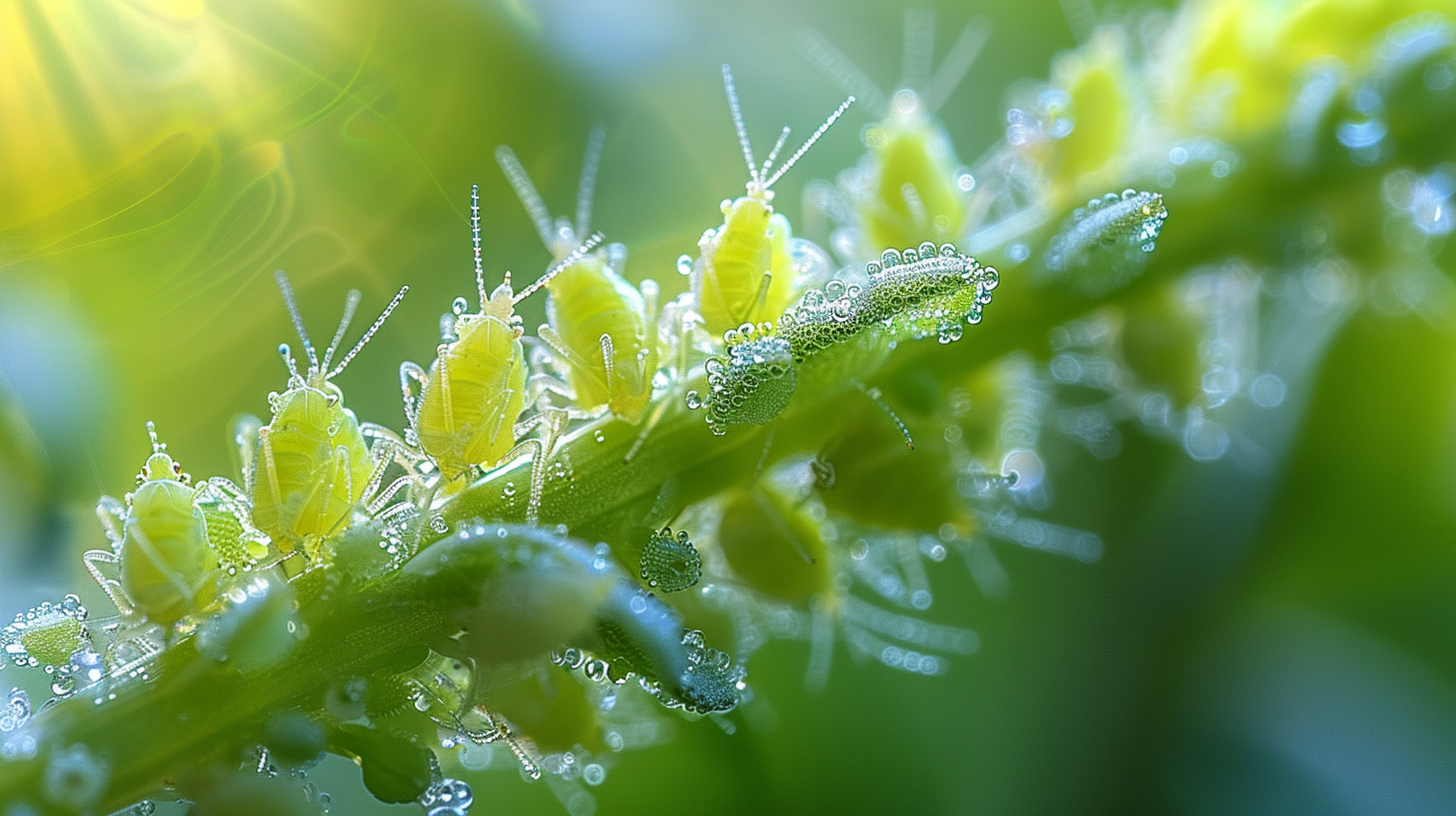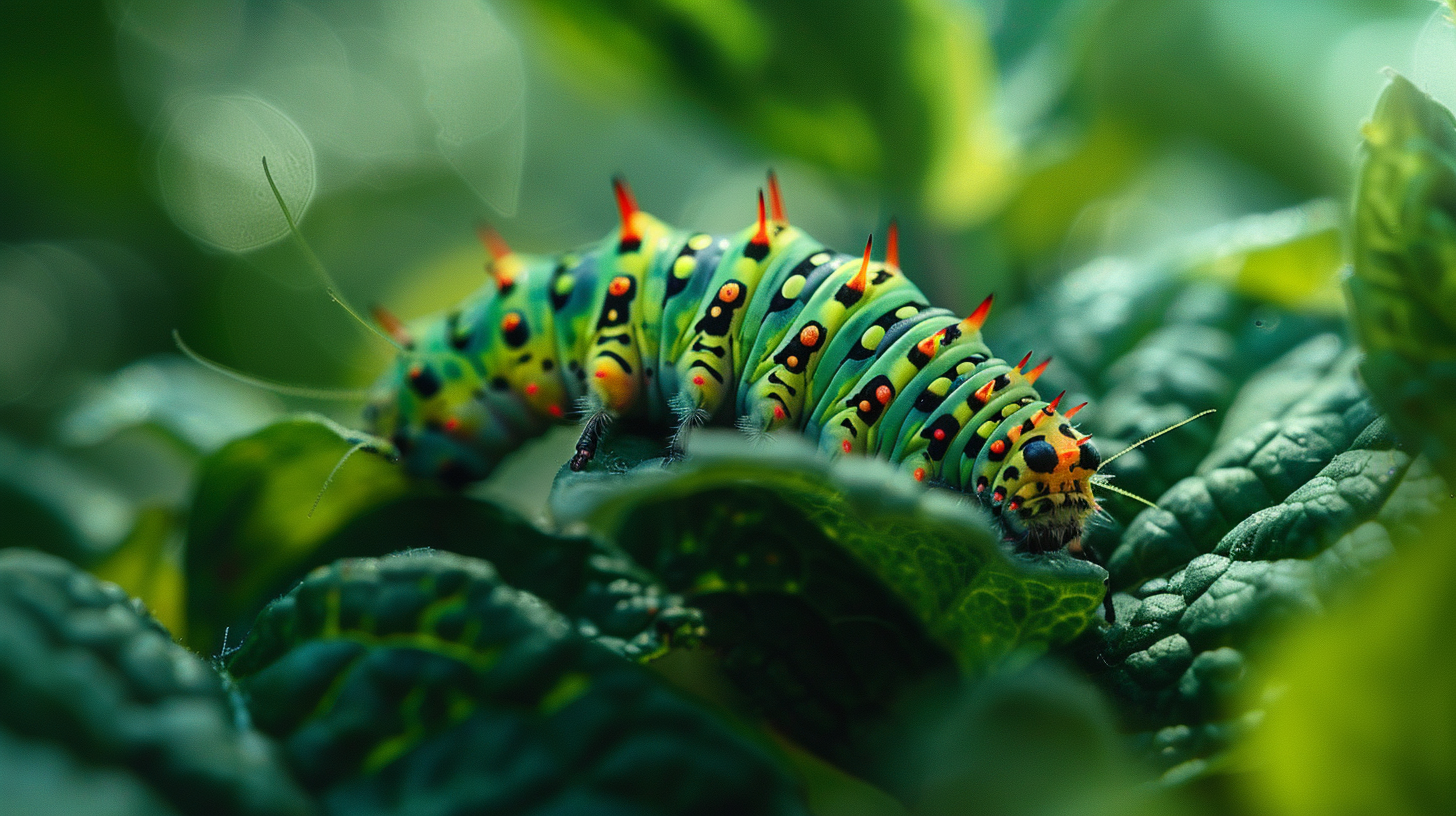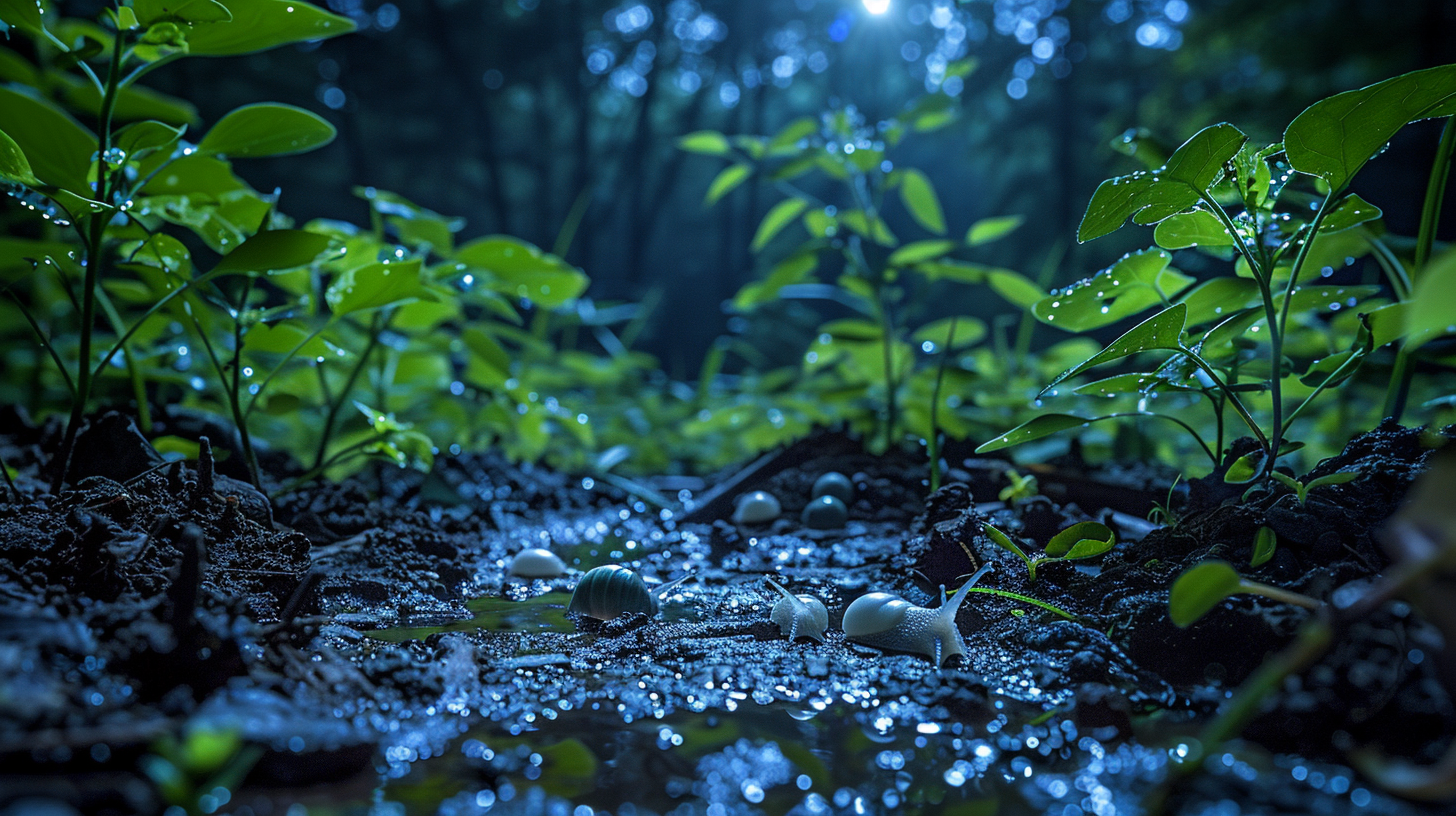Identifying Common Spring Pests: A Gardener's Guide
Introduction
As the warmth of spring awakens our gardens, it also beckons forth a multitude of pests eager to dine on our beloved plants. From tiny aphids to voracious caterpillars, these invaders can quickly wreak havoc if left unchecked. However, by learning to identify common spring pests and understanding their habits, gardeners can take proactive steps to protect their plants and preserve the beauty of their gardens. In this article, we'll explore some of the most prevalent pests you may encounter in your spring garden and provide tips on how to effectively manage them.
1. Aphids

Issue: Aphids are small, soft-bodied insects that feed on the sap of plants, often congregating on new growth and the undersides of leaves. They reproduce rapidly, making them a common nuisance in spring gardens.
Identification: Look for clusters of small, pear-shaped insects on the stems and leaves of your plants. Aphids come in various colors, including green, yellow, black, and brown, depending on the species.
2. Caterpillars

Issue: Caterpillars are the larval stage of butterflies and moths, known for their voracious appetites and ability to defoliate plants. They often feed on the leaves of vegetables, herbs, and ornamental plants.
Identification: Look for chewed or skeletonized leaves, droppings (frass), or silk webbing on your plants, indicating the presence of caterpillars. Some caterpillars may also be camouflaged to blend in with their surroundings.
3. Slugs and Snails

Issue: Slugs and snails are nocturnal pests that feed on the leaves and stems of plants, leaving behind ragged edges and slime trails. They thrive in damp environments and can quickly decimate seedlings and tender plants.
Identification: Look for slime trails on the soil or foliage, as well as ragged holes in leaves and chewed stems. Slugs and snails are most active at night, making them difficult to spot during the day.
Conclusion
By familiarizing yourself with common spring pests and their identifying characteristics, you can better protect your garden from potential damage. Regular monitoring and early intervention are key to managing pest populations and preserving the health and beauty of your plants. Stay vigilant, employ appropriate control methods, and embrace the joys of gardening in every season.
